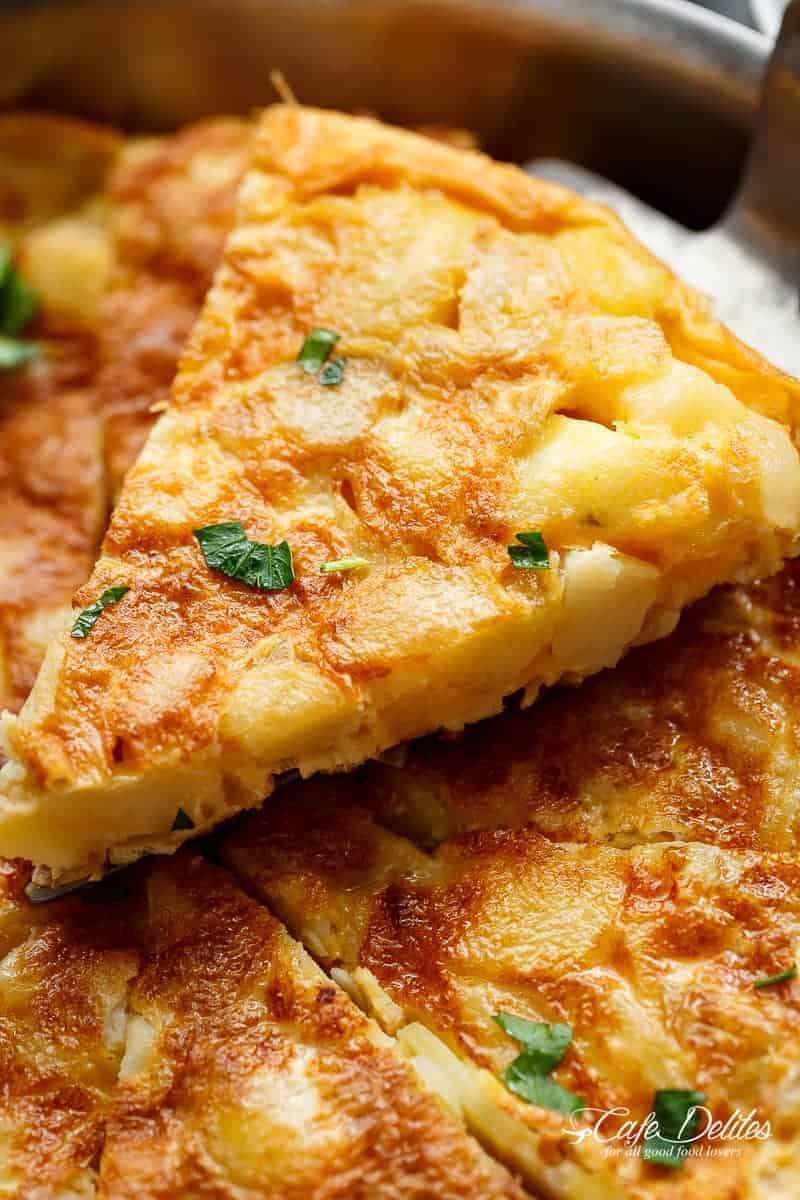Food in Spain
Exploring Spain and India... Bite by Bite
Having grown up in Mumbai, I’ve grown accustomed to a specific way of life. I find immense comfort in waking up to temple bells reverberating, walking through alleys enshrouded in pungent masala aromas, eating bhindi bhaji for dinner, and residing in a labyrinthine maze of traffic and overpopulation.
much as Mumbai is home, being exposed to other cultures has always fascinated me. Spain, for example, is a country I’ve travelled to. I’ve walked down the cobbled outskirts of Marbella, through the extravagant palaces of the Alhambra, and I’ve tasted scrumptious seafood paella!
However, my experience travelling to Spain is far from the reality of living in the country, which is why I was excited to converse the Spanish exchange students. They could provide a flash of insight into the realities of Spanish every-day life, through the lens of a teenager.We primarily chose to speak to the Spanish exchange students about their indigenous cuisine. They told us their diet was rich in rice and vegetables, and that most of their meals were accompanied by bread. They stressed on the importance of the food pyramid in the Spanish diet, and the extreme awareness of having a balanced diet. They said that an increasing number of “health food” movements were gaining momentum, like veganism and mediterraneanism. Most of the students said they ate a lot of Italian food, and some said they ate sushi and mexican food at home regularly.
/Getty-Red-Rice-57bf7fe03df78cc16e7ad602.jpg)

After getting to know about their everyday lives with regards to food, we asked them to compare their culinary experiences in Mumbai to their regular lives back in Spain. They said they couldn't stand the spiciness of Indian food, and they hated the use of coriander as a garnish on most Indian dishes. They came to the conclusion that Indian and Spain were similar because of the wide variety of food available in both countries, due to different ethnic regions having differing cuisines, however they juxtaposed the Indian meal conventions of having increasingly heavier meals throughout the course of the day, to the Spanish tradition of having a large breakfast and a light dinner. Finally, they said the highlight food of their trip was gulab jamun!


After meeting the exchange students, I reflected on why these culinary similarities and differences exist. Heavily influenced by lifestyle and history, I believe that our cuisines have been shaped over hundreds of years through trial and error, and have evolved based on ingredients available, natural conditions and social circumstances. I was pleasantly surprised to know that "health food" is so popular in Spain. It was very heartening to hear, and it made me think about how Indian cuisine can become more conducive to 21st century health notions. I think someone in Spain, who comes from a society where fresh food and salads are given so much importance, might be surprised at the lack of fresh food in the Indian diet. A lot of India vegetable are cooked to a point where they lose their nutritional value, and an extravagant amount of salt is added. Regardless of these differences, it was wonderful to compare and contrast the two cultures!
Bibliography:
Castellos, Sarah. Personal interview. 29th November, 2017
Alahan, Anna. Personal interview. 29th November, 2017




Comments
Post a Comment